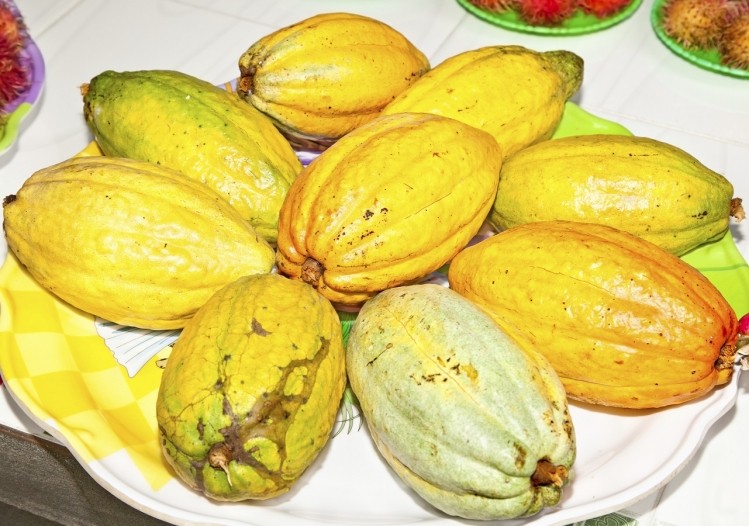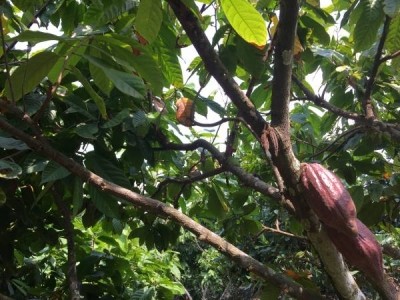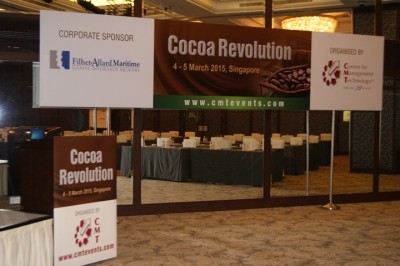Dispatches from Asia Choco Cocoa Congress in Singapore
State-owned plantations could rouse Vietnam’s cocoa industry

Speaking to ConfectioneryNews at the Asia Choco Cocoa Congress in Singapore, Gricha Safarian, managing director of cocoa ingredients supplier Puratos Grand-Place said that incoming industrial plantations could grow Vietnam’s cocoa production from 3,500 metric tons (MT) annually to 50,000 MT in eight to ten years.
It would still behind Asia’s largest cocoa producer and world number three Indonesia, which produces around 400,000 MT a huge, but would be a big boost for the cocoa sector in Vietnam, where coffee and rice take priority.
Rubber to cocoa conversions
“In the last 18 months I’ve seen three big state owned companies in Vietnam who have rubber plantations – one is 500 hectares another of 800 hectares – because of market prices they are thinking of converting to cocoa,” said Safarian.
Puratos Grand-Place is offering advice to these companies. “Hopefully this is our contribution to Vietnam picking up in terms of cocoa production…I really believe that cocoa has a great chance in Vietnam,” said the company’s MD.
Coffee plantations converting too
There are other plans to convert an even bigger land area in Vietnam because too much coffee was planted, he added. Safarian said that around 600,000 hectares of coffee was planted, while there was only demand for 500,000 hectares.
Any new cocoa plantations will be a big boost to Vietnam’s current planted cocoa area of around 20,000 hectares.
Five years ago, Vietnam had been projected to produce about 50,000 metric tons of cocoa for the current crop year (2014/15), but it didn’t happen because there was no real incentive to grow cocoa as Vietnam instead sought to strengthen its position as a number two global coffee and rice producer. Safarian said that the cocoa sector in Vietnam could reach 50,000 MT in eight to ten years when the new plantations come online.
Marc Donaldson, senior partner at On The Ball Consulting said at the Asia Choco Cocoa Congress: “If Vietnam wanted to grow cocoa they could grow a lot.”
New plantation from Middle East fund
Safarian said that outside investment may encourage Vietnam to take cocoa more seriously.
He revealed one country in the Middle East has established a sovereign fund for a 2,000 hectare plantation in Vietnam and Puratos Grand-Place is consulting on the project.
“They are doing a test of a 2,000 hectare industrial cocoa plantation and are trying to do things right from the very beginning with the right seedling, the right grafting techniques, water irrigation and fertilizer and if they feel they are successful they will be looking at within three years to expand this.
“I think this a new trend in the cocoa industry that people are seeing: an industrial plantation in which they would blend the neighborhood farmers – there could be an interesting propagation effect.”
Transformational effect
Safarian said the 2,000 hectare plantation could bring an additional 3,000 -4,000 MT to Vietnam’s annual cocoa output.
He added that if the plantation proved a success it could trigger a much quicker transformation of Vietnam’s cocoa sector by spurring more rubber plantations to convert to cocoa.
Mars and Cargill have interest in Vietnam and along with Puratos-Grand Place are working together to grow the sector.






